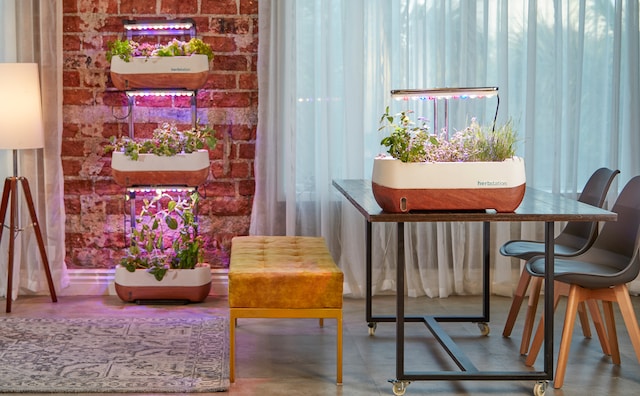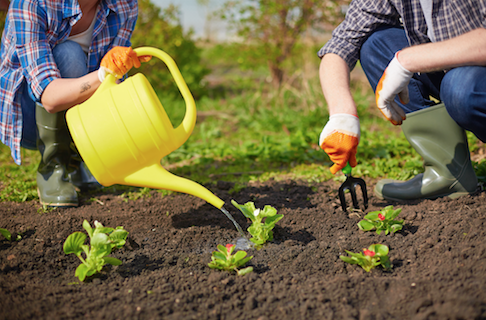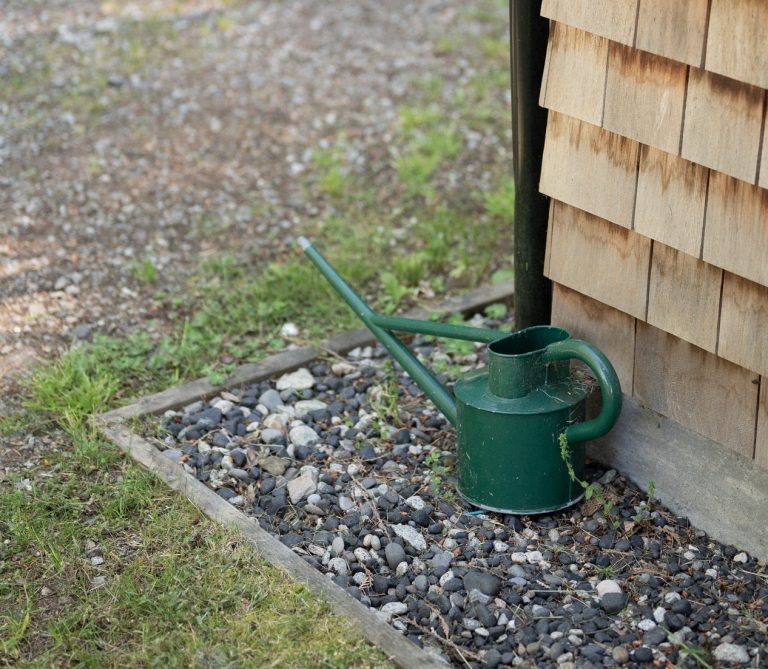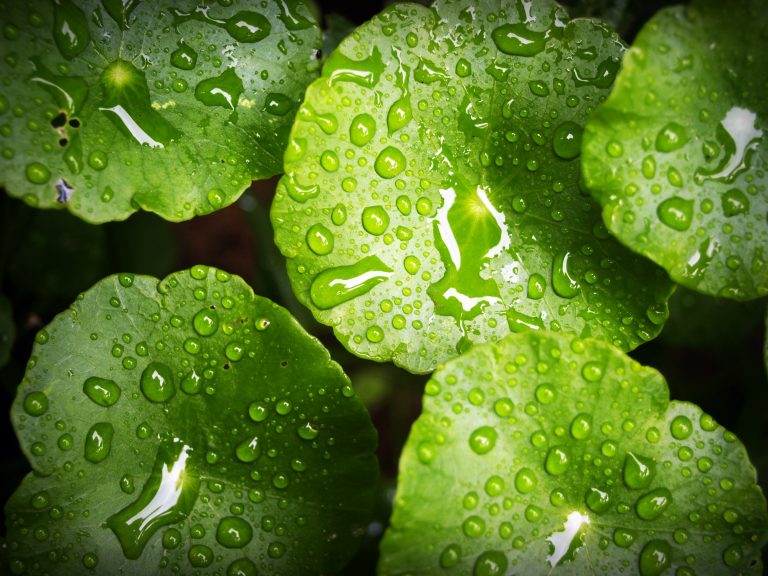If you’re venturing into the realm of indoor gardening, one essential tool you’ll need to master is the grow light. These artificial light sources mimic the sun’s rays, providing the energy necessary for plants to thrive. However, choosing the best grow lights for plants can be a daunting task. After all, there are a large…
garden devices
7 Tips for Buying Gardening Materials Online
For anyone who loves to garden, there’s nothing quite like the feeling of finally finding that perfect plant or piece of equipment. But with so many options available online, it can be hard to know where to start. Here are a few tips to help you find the best gardening materials online. 1. Only Buy…
4 Frugal DIY Drip Irrigation Systems
Buying a fancy drip irrigation system is one way to go. But it’ll cost you. Instead, consider a DIY drip irrigation system. Either way, you’ll need to spend time installing irrigation, so why not save a few bucks, too? Benefits of drip irrigation You’ve got a hose or a sprinkler, so why invest…
4 Smart Garden Devices That Save Time and Money
Manual work in the garden is sometimes gratifying, but over time the grind becomes tedious. Thankfully, there are a host of smart gardening products out there that can help save you time and money. Which smart garden devices are worth the investment? Here are my top 4 smart gadget recommendations for gardeners seeking to…



